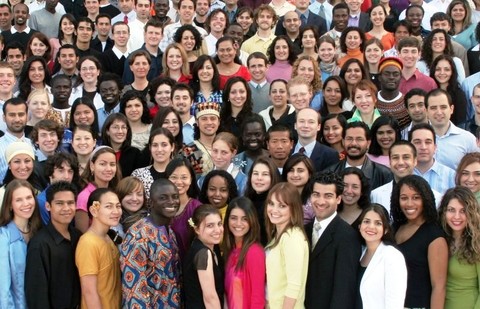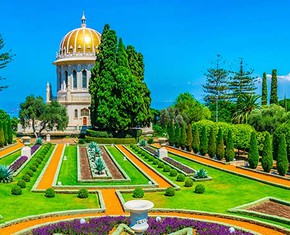The views expressed in our content reflect individual perspectives and do not represent the authoritative views of the Baha'i Faith.
 Why Baha’i? Question #5: Where Is The Teacher’s Classroom?
Why Baha’i? Question #5: Where Is The Teacher’s Classroom?
[Editor’s Note: This is the final installment of a six-part essay. Click here to read from the beginning.]
We’re almost to Moxie’s Classic Grill (see Part 1), but let’s not get lost inside the mall! We have one last critical step, or turn, to make.
We can all admire the ideals Baha’u’llah stood for, and the way He lived His majestic life. But how do we know that the Baha’i Faith, as it exists today, is really what He had in mind? In other words, if Baha’u’llah is God’s teacher for today, then how do we know the Baha’i Faith is His classroom?
Perhaps Jesus said it best when He said, according to Matthew 7:15-20:
Beware of false prophets, who come to you in sheep’s clothing, but inwardly they are ravenous wolves. You will know them by their fruits. Do men gather grapes from thornbushes or figs from thistles? Even so, every good tree bears good fruit, but a bad tree bears bad fruit. A good tree cannot bear bad fruit, nor can a bad tree bear good fruit. Every tree that does not bear good fruit is cut down and thrown into the fire. Therefore by their fruits you will know them.
By their fruits you will know them. Today we have a luxury, almost 170 years by which to judge the intentions and the efficacy of the Baha’i Faith. It has spread around the world, attracting millions to its peaceful, unifying teachings. Its unity has thrived. The Covenant set in motion by Baha’u’llah – namely that after His passing, His followers should follow His son Abdu’l-Baha, and then His great-grandson Shoghi Effendi, and then the democratically elected body called the Universal House of Justice — this Covenant has flourished in a breathtaking display of what happens when the work of women and men aligns with the intention, protection, and confirmation of God.
 In seventeen decades, the Baha’i Faith has become the second-most geographically widespread religion in the world, with a dazzling array of ethnicities and nationalities and former members of every faith bolstering its ranks day by day. In my mind’s eye, I see the timeless and monumental architecture of the key Baha’i edifices – the Shrines of The Bab and Baha’u’llah in the Holy Land, and the magnificent Baha’i Houses of Worship now on nearly every continent — as the outward manifestation of the beauty, robustness, and permanence of this profound spiritual planetary germination.
In seventeen decades, the Baha’i Faith has become the second-most geographically widespread religion in the world, with a dazzling array of ethnicities and nationalities and former members of every faith bolstering its ranks day by day. In my mind’s eye, I see the timeless and monumental architecture of the key Baha’i edifices – the Shrines of The Bab and Baha’u’llah in the Holy Land, and the magnificent Baha’i Houses of Worship now on nearly every continent — as the outward manifestation of the beauty, robustness, and permanence of this profound spiritual planetary germination.
To sum up, we can articulate our theological chain of inference this way:
- If the universe, then God.
- If us, then a personal God.
- If a personal God, then Messengers.
- If Messengers, then Baha’u’llah.
- If Baha’u’llah, then the Baha’i Faith.
The powerful, peaceful teachings of the Baha’i Faith offer lasting solutions to the unique existential problems of modern global human life. As Baha’u’llah wrote,
Blessed and happy is he that ariseth to promote the best interests of the peoples and kindreds of the earth. …It is not for him to pride himself who loveth his own country, but rather for him who loveth the whole world. The earth is but one country, and mankind its citizens. – Gleanings from the Writings of Baha’u’llah, p. 249.
Why am I a Baha’i? That is why.
Read the previous article in the series: Who is The Teacher For Today?
















Comments
Sign in or create an account
Continue with Googleor